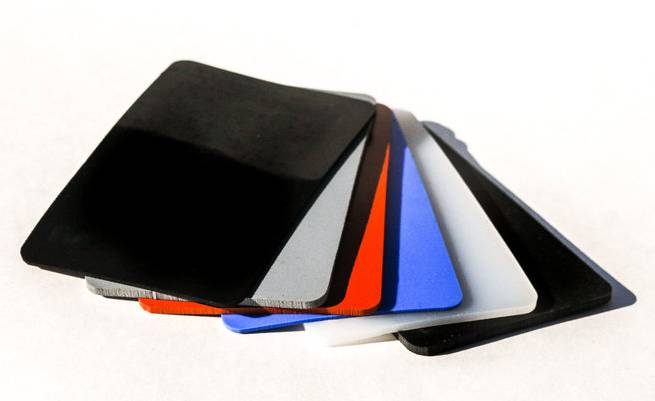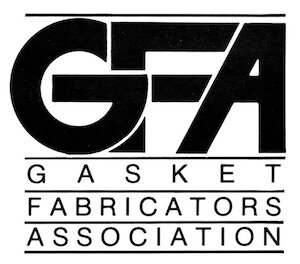Low durometer silicone rubber is a soft, flexible elastomer that offers excellent sealing and cushioning performance in demanding environments. In engineering terms, “durometer” refers to a material’s hardness, typically measured on the Shore A scale for most silicone compounds. Standard silicone rubber is often in the range of 40–70 Shore A, but low durometer grades typically fall between 10–30 Shore A. This softness gives the material unique functional advantages for sealing, vibration control, and conformability.
ElastaPro makes low durometer silicone rubber as solid sheets and uncured compound. Contact us for a quote.
Material Characteristics of Soft Silicones
Low durometer silicone rubber is composed primarily of silicone polymer, reinforcing fillers, and curing agents. Because it’s less densely cross-linked than harder grades, it has a lower resistance to indentation and greater flexibility. It maintains key silicone properties—including thermal stability, UV and ozone resistance, and excellent electrical insulation—while adding the ability to deform easily under pressure. This makes it ideal for applications where a tight seal is required without high compressive forces.
Silicone’s temperature performance is another major benefit. Low durometer grades can typically operate between –60 °C and 200 °C, depending on the formulation. This allows them to remain soft and elastic in both high-temperature engine compartments and low-temperature aerospace or cryogenic applications. Their chemical resistance is also strong against water, weathering, and many common fluids.
Advantages of Low Durometer Silicone Rubber
The softness of low durometer silicone rubber allows it to conform to uneven or irregular mating surfaces. This reduces the need for extremely tight tolerances or surface finishes to achieve an effective seal. For engineers, this means design flexibility: surfaces can be less precise, yet sealing performance remains high.
Another key advantage is reduced compression set stress on mating components. Softer silicone exerts lower clamping force on plastic housings or lightweight structures, helping prevent warping, cracking, or fatigue over time. It can also compensate for tolerance stack-ups or surface imperfections more effectively than harder materials.
Vibration damping is another strength. Low durometer silicone can absorb and dissipate energy, making it useful for reducing vibration and noise in sensitive electronic assemblies or lightweight structures. It’s also often used to protect fragile components from shock.
Common Applications for Low Durometer Silicone Rubber
Engineers often specify low durometer silicone rubber for environmental seals, vibration isolators, and cushioning pads. It is commonly used in enclosures for electronics, including aerospace and defense systems, where soft seals maintain protection against moisture and dust. In medical devices, soft silicone is valued for patient comfort and gentle interface with skin or other sensitive materials.
Automotive engineers use it in gaskets and seals that must accommodate component movement or thermal expansion without leaking. It’s also popular in HVAC and lighting systems where sealing performance must remain reliable despite uneven surfaces or low clamping forces.
When to Use Softer Silicones
Low durometer silicone rubber is ideal when components are delicate, surfaces are irregular, or when maintaining a seal with minimal compression force is required. It’s also advantageous in environments with wide temperature fluctuations or when vibration damping is needed.
However, softer materials may not be appropriate where high mechanical strength or abrasion resistance is required. Engineers should balance softness with durability based on operating conditions.
In short, low durometer silicone rubber provides excellent sealing, flexibility, and environmental resistance—making it a versatile choice for many demanding applications where conformability and low stress are priorities.


